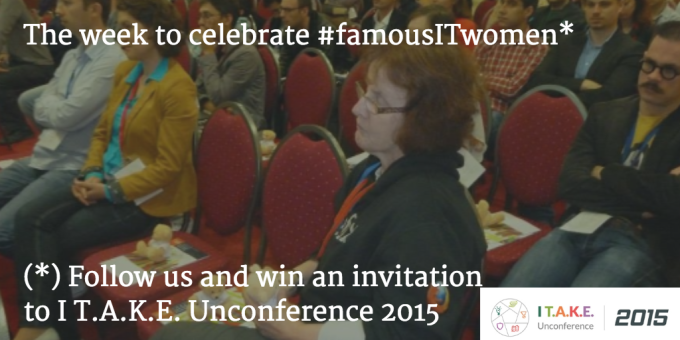
The week to celebrate women in IT goes on with the woman who defined the Object Oriented Design – Rebecca Wirfs-Brock. Let’s bring upfront the stories of #famousITwomen who’ve made breakthrough contributions along the history.
Object Oriented Design is about behaviors, not about entities and relations. We owe this idea to a woman: Rebecca Wirfs-Brock.
[Updated based on Rebecca’s feedback]
Early in her career, Rebecca Wirfs-Brock worked as a tester at Tektronix for graphics libraries. In those days, it was customary for testers to write just as much code as programmers in the form of automated tests. She decided to become a programmer because, despite the equally difficult work, testers were paid less than programmers. She became a principal engineer at Tektronix for Smalltalk, the language that inspired Java, Python and many others. This was a great opportunity for the industry, since she introduced the world to “Responsibility Driven Design”, the technique that influenced all modern design techniques such as TDD or BDD. Those of us who used UML owe her the idea of stereotypes. She now lives in Portland, and has been consulting enterprises on architecture and design for the past 30 years.
We were fortunate to have Rebecca a keynote speaker at I T.A.K.E. Unconference. You can watch her keynote below.
Hope Rebecca Wirfs-Brock’s story aroused your curiosity to learn from history more about IT famous women.
This week, stay tuned for the upcoming stories and win an invitation to I T.A.K.E. Unconference 2015.
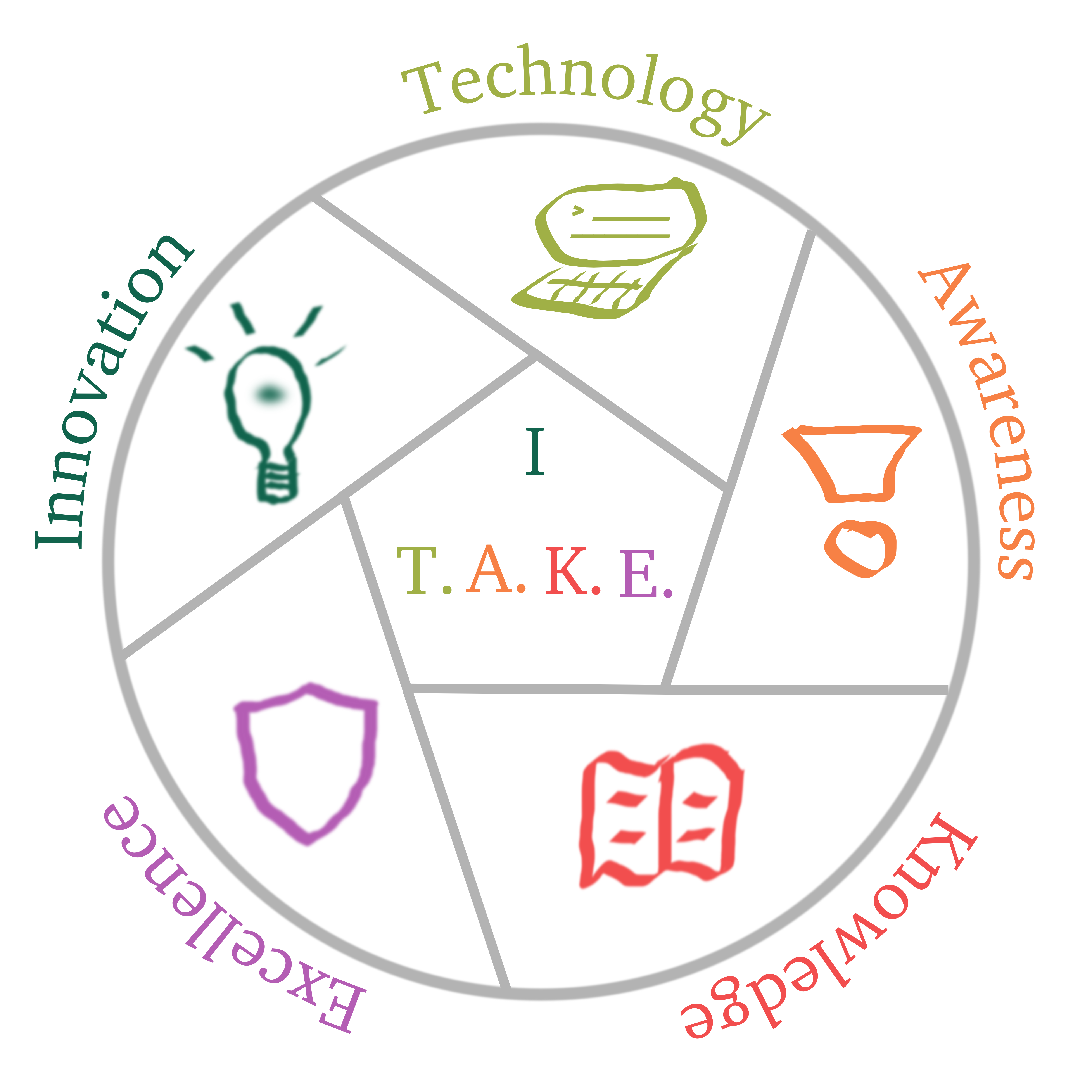



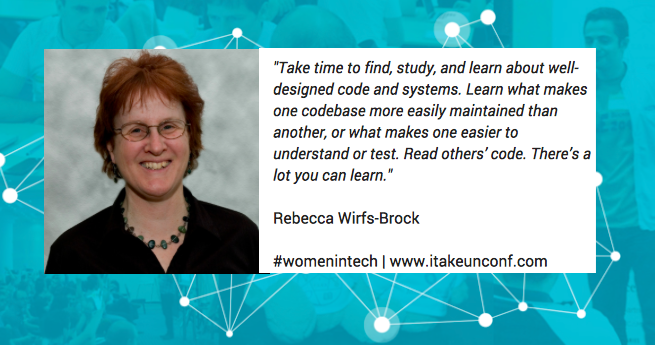

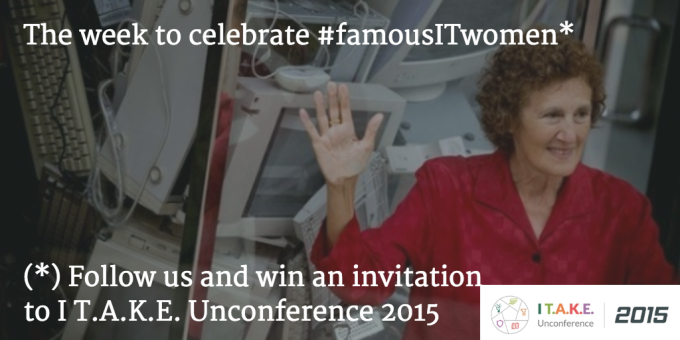
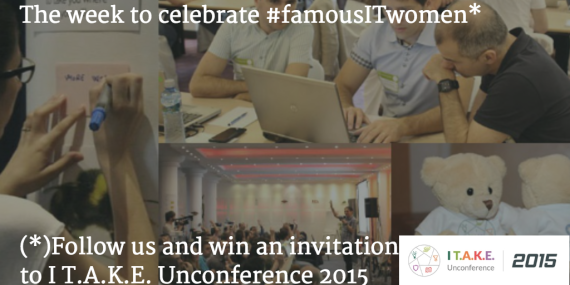

Rebecca
Actually, my very first job at Tektronix was as a tester for graphics libraries. By the time we were doing Smalltalk, I was a principal engineer and then later become the manager of the group that commercialized Smalltalk. But testing has always been part of my life. In fact, one good way to test Smalltalk code was to try to extend it… as the libraries were designed to be extended as well as used.
Alexandru Bolboaca
Hi Rebecca! Thanks for the clarification. We updated the article based on your comment.